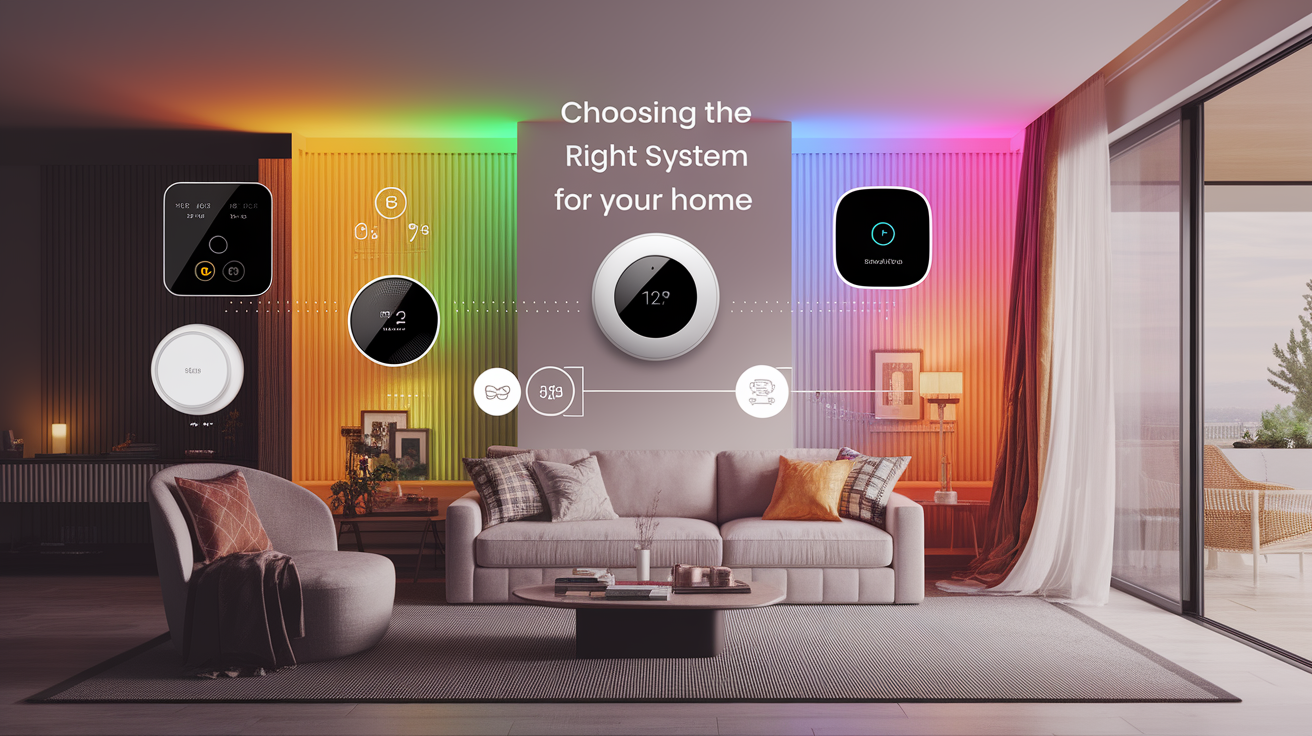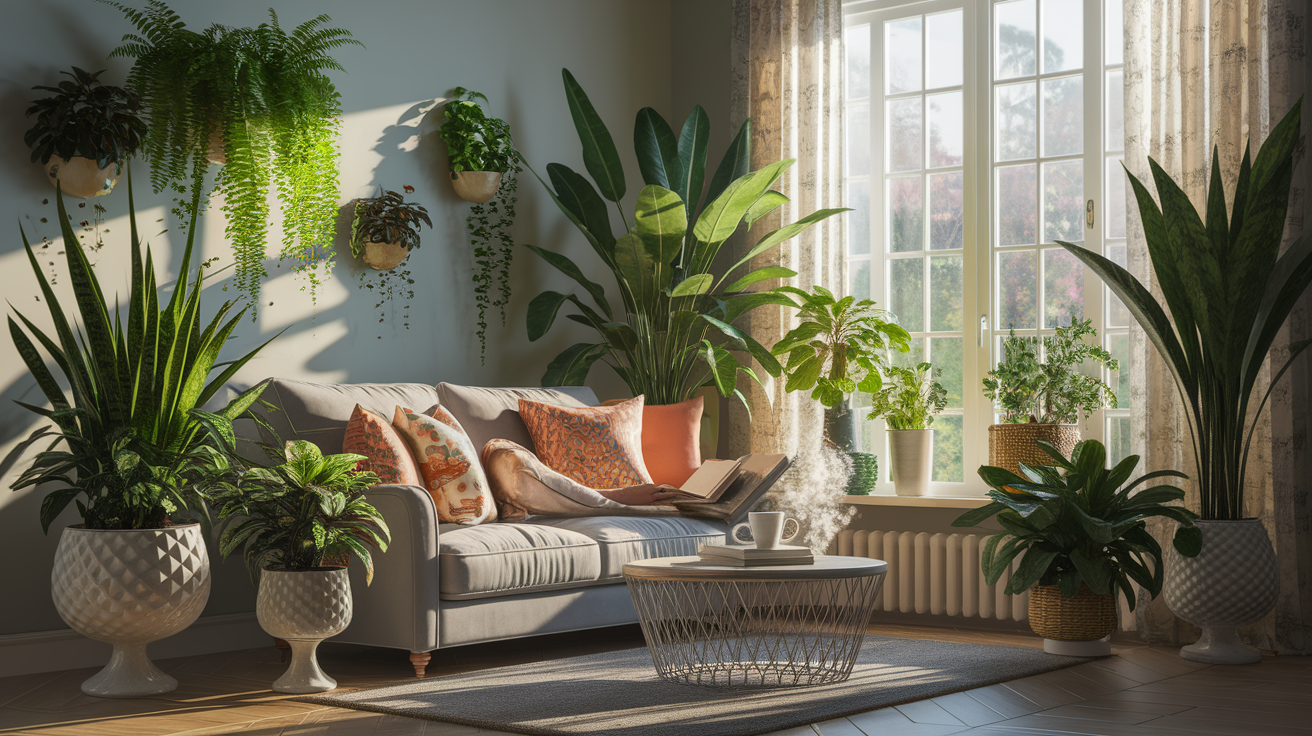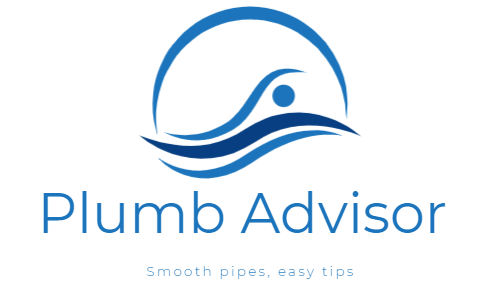Dive into Pure Comfort: Your Guide Begins Here
Clean, safe water isn’t just a luxury—it’s essential for your family’s health and your home’s longevity. If you’ve noticed unpleasant tastes, odors, or staining in your water, a whole house water filtration system might be the solution you’re looking for.

Unlike point-of-use filters that treat water at a single faucet, whole house water filtration systems treat all the water entering your home, ensuring every tap, shower, and appliance receives filtered water. This comprehensive approach protects your plumbing, extends the life of water-using appliances, and provides peace of mind with every glass of water.
Most whole house filtration systems operate through a three-stage process. The journey begins with a sediment pre-filter that captures larger particles like sand and debris. Next, an activated carbon filter removes chlorine, odors, and harmful chemicals. Finally, a post-filter with fine mesh screens catches any remaining impurities before the water flows throughout your home.
Essential Benefits for Your Home and Health
Health and Safety Advantages
- Contaminant Removal: Eliminates harmful chemicals, heavy metals, and microorganisms that can impact health
- Better Hydration: Improved taste encourages increased water consumption
- Reduced Exposure: Filters out chlorine and other chemicals absorbed through skin during showering
- Allergy Relief: Removes irritants that can trigger respiratory issues
Home Maintenance Benefits
- Extended Appliance Life: Prevents scale buildup in water heaters, washing machines, and dishwashers
- Plumbing Protection: Reduces pipe corrosion and mineral buildup
- Fewer Stains: Prevents rust and mineral staining on fixtures, tubs, and sinks
- Improved Cleaning: Soap lathers better with filtered water, reducing detergent use
Comparing System Types at a Glance
Common Filtration Technologies
Different water issues require different solutions. Here’s a breakdown of the main whole house filtration technologies available:

Sediment Filters
Best for: Removing physical particles like sand, silt, and rust
How they work: Mechanical filtration through progressively finer materials
Maintenance: Cartridge replacement every 3-6 months
Activated Carbon Filters
Best for: Removing chlorine, VOCs, pesticides, and improving taste/odor
How they work: Chemical adsorption captures contaminants in carbon pores
Maintenance: Media replacement every 3-12 months depending on usage
Reverse Osmosis Systems
Best for: Comprehensive filtration including dissolved solids and most contaminants
How they work: Forces water through a semipermeable membrane
Maintenance: Multiple filter changes and membrane replacement every 2-5 years
Water Softeners
Best for: Addressing hard water by removing calcium and magnesium
How they work: Ion exchange replaces hardness minerals with sodium ions
Maintenance: Regular salt addition and occasional resin cleaning
UV Water Purifiers
Best for: Disinfection against bacteria, viruses, and other microorganisms
How they work: Ultraviolet light disrupts microorganism DNA
Maintenance: Annual lamp replacement and occasional sleeve cleaning
Specialized Systems for Specific Issues
Beyond standard filtration, targeted systems address specific water problems:
- Iron/Manganese Filters: Remove metallic elements that cause staining and metallic taste
- Sulfur Removal Systems: Eliminate the “rotten egg” smell caused by hydrogen sulfide
- pH Neutralizers: Correct acidic water that can corrode plumbing
- Nitrate Removal Systems: Filter agricultural contaminants particularly concerning for infants
Choosing the Right System for Your Home
Assessing Your Water Quality
Before selecting a filtration system, understand what’s in your water:

- Water Testing: Have your water professionally tested or use a comprehensive home test kit
- Water Source Evaluation: Well water and city water have different treatment needs
- Symptom Assessment: Note any staining, odors, tastes, or health concerns
System Sizing Considerations
Proper sizing ensures optimal performance:
- Flow Rate Requirements: Calculate based on household size and peak usage (typically 10-15 GPM for average homes)
- Port Size: Match to your main water line (typically 3/4″ or 1″)
- Filter Capacity: Consider water usage and contaminant levels
Certification and Quality Markers
Look for systems with proper certifications to ensure effectiveness and safety. Reputable systems obtain NSF 42 and NSF 53 certifications for aesthetic and health-related contaminants respectively. The Water Quality Association (WQA) seal also indicates tested and verified performance.
Advanced systems like the OptimH2O® Whole House Filter System combine catalytic and activated carbon technologies to reduce lead by 99% and PFAS/PFOA by 98%, with filtration certified to NSF standards.
Installation and Maintenance Made Simple
Installation Options and Considerations
While professional installation is recommended for most homeowners, DIY installation is possible with plumbing experience:
Professional Installation
- Ensures proper setup and compliance with local codes
- Typically includes system optimization and testing
- Often comes with installation warranty
- Cost: $300-$1,000 depending on complexity
DIY Installation Basics
- Locate the main water line entering your home
- Shut off the water supply
- Cut the main line at the installation point
- Install shut-off valves before and after the filter location
- Mount the filter system securely
- Connect the system to the plumbing using appropriate fittings
- Test thoroughly for leaks
Maintenance Schedule and Procedures
Regular maintenance ensures optimal performance and longevity:

Routine Maintenance Tasks
- Sediment Pre-filter: Replace every 3-6 months
- Carbon Filters: Replace every 6-12 months
- Post-filters: Replace according to manufacturer guidelines
- System Sanitization: Annually for well water systems
- Pressure Gauge Monitoring: Check monthly for pressure drops indicating filter saturation
Maintenance Tips
- Keep a maintenance log to track filter changes
- Purchase replacement filters in advance
- Follow manufacturer’s flushing procedures after filter changes
- Consider a service contract for complex systems
Budgeting Your Investment and Savings
Initial System Costs
Whole house filtration represents an investment in your home and health:
- Basic Sediment and Carbon Systems: $300-$1,000
- Mid-range Multi-stage Systems: $1,000-$2,500
- Advanced Systems (RO, specialized contaminant removal): $2,000-$5,000+
- Installation: $300-$1,000 if professionally installed
Ongoing Expenses
Factor these costs into your budget:
- Replacement Filters: $20-$200 annually depending on system type
- Water Testing: $100-$300 annually recommended
- Electricity: Minimal for most systems except UV purifiers
- Professional Maintenance: $100-$300 per service if needed
Long-term Savings
Consider these financial benefits when evaluating the investment:
- Bottled Water Elimination: Save $200-$1,000+ annually
- Extended Appliance Life: Save $500-$2,000 in replacement costs
- Reduced Plumbing Repairs: Save $300-$1,000+ in service calls
- Lower Detergent Usage: Save $50-$200 annually
- Potential Health Cost Savings: Reduced medical expenses from waterborne issues
Your Top Whole House Filtration FAQs
General Questions
What is a whole house water filtration system and how does it work?
A whole house water filtration system treats all water entering your home through a series of filters installed at the main water line. Most systems use a three-stage process: a sediment pre-filter removes particles, an activated carbon filter eliminates chemicals and odors, and a post-filter captures any remaining impurities.
What contaminants can a whole house water filtration system remove?
Depending on the system, whole house filters can remove sediment, chlorine, volatile organic compounds (VOCs), heavy metals like lead, pesticides, herbicides, certain bacteria, and specific contaminants like PFAS, iron, or hydrogen sulfide. Advanced systems like those with NSF certifications can remove up to 97-99% of certain contaminants.
Is a whole house water filter system worth the investment?
For most homeowners, yes. Beyond the health benefits, these systems protect plumbing and appliances, reduce cleaning time, eliminate the need for bottled water, and can increase home value. The typical return on investment period is 2-5 years when considering all savings.
Technical Questions
Do whole house water filters reduce water pressure?
Properly sized systems should cause minimal pressure drop (typically less than 5 PSI). However, undersized systems or clogged filters can significantly reduce pressure. Regular maintenance and correct sizing prevent most pressure issues.
How do I choose the right size whole house water filter for my home?
Consider three factors: your home’s peak flow rate (typically 10-15 GPM for average homes), the size of your main water line (usually 3/4″ or 1″), and your daily water usage. A system rated for at least 15-20% above your peak flow rate ensures adequate pressure.
Does a whole house water filter soften water?
Standard filtration systems do not soften water. Water softening requires a specific ion-exchange system that removes calcium and magnesium minerals. However, many homeowners install both filtration and softening systems in sequence for comprehensive water treatment.
Maintenance Questions
How often do I need to replace the filters in a whole house system?
Replacement schedules vary by filter type and water quality. Typically, sediment pre-filters need replacement every 3-6 months, carbon filters every 6-12 months, and specialized filters according to manufacturer guidelines. Water usage and contaminant levels affect these timeframes.
Can I install a whole house water filtration system myself?
While possible for those with plumbing experience, professional installation is recommended for most homeowners. DIY installation requires proper tools, understanding of plumbing codes, and the ability to properly seal connections to prevent leaks.
Flowing Forward: Ensuring Lifelong Water Quality
Investing in a whole house water filtration system is a significant step toward protecting your family’s health and your home’s infrastructure. By understanding your specific water quality needs, selecting the right system, and maintaining it properly, you’ll enjoy clean, safe water from every tap in your home.
Remember these key takeaways:
- Start with water testing to identify your specific contaminant concerns
- Choose a system with appropriate certifications for your water issues
- Consider both initial costs and long-term maintenance requirements
- Follow the recommended maintenance schedule to ensure optimal performance
- Keep records of installation, maintenance, and water testing results
With the right whole house water filtration system, you’ll not only improve your water’s taste and smell but also protect your plumbing, extend appliance life, and provide an important health safeguard for your household. The peace of mind that comes with comprehensive water treatment is truly refreshing.








